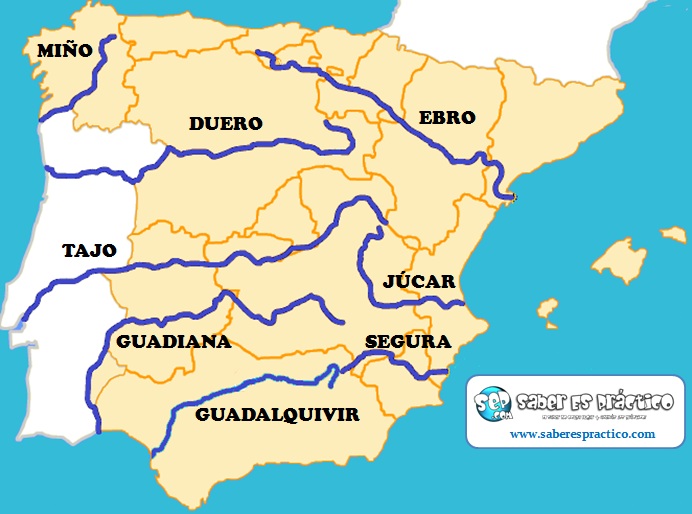INTRODUCTORY SCHEME
1. THE UNIVERSE
The universe is
everything. Matter, energy, space and time, everything that exists is part of
Universe. Is so big, but it isn’t infinite. If it was, would be infinite matter
into infinite stars and not.
Matter is not
distributed uniformly, but is concentrated in places concrete: galaxies,
stars,planets…
But first we are going to pose a question…
HOW THE UNIVERSE WAS
FORMED?
Many astronomers think that the universe was formed
with the called Big Bang, a giant
explosion that happened between 10 and 20 billion years ago.
This giant explosion threw matter in all directions
and caused space itself. It expanded itself and since then, the universe is
losing density and temperature.
When the universe cooled, the material combined to
form galaxies, stars and planets.
2. THE
GALAXIES AND THE MILKY WAY
Stars are grouped into galaxies. There are billions of galaxies in the Universe. A galaxy it’ s a huge accumulations of
stars, gases and dust .
The Sun and the Earth are in a galaxy called the Milky Way . This galaxy has a spiral
shape.
Our Solar
System is located near the edge of the Milky Way’s spiral.
3. STARS
The stars are masses of gases, mainly hydrogen and
helium, which emit light. They find at very high temperatures. Inside there are
nuclear reactions.
The Sun is
the closest star to our planet, the Earth.
4. THE SOLAR SYSTEM
SCHEME
The Sun how we have said before is the closest star to
our planet. It is a gigantic gas mass. Its Surface is about six thousand
degrees of temperature, so it releases a lot of energy .This energy reaches the
earth in the form of light and heat making life possible on the planet.
IMPORTANT: “ The Sun is
the star of the Solar System. They provides us light and hot”
-
THE PLANETS AND SATELLITES
The planets of the
solar system are stars that don’t have their own light and that they turn on
themselves.
There are two types
of planets:
- Inner Planets : They are the closest
to the sun. They are characterized by having a small size and a solid surface.
They are Mercury, Venus, Earth and Mars.
- Outer planets: They are the most
distant from the Sun. They are characterized by being gaseous, of large size
and be surrounded by numerous satellites. Jupiter, Saturn, Uranus and Neptune
forms the set of outher planets.
- Mercury: Is the smallest of
the Inner planets. It hasn’t atmosphere or satellites
- Venus: It has a very
thick atmosphere and it doesn’t have satellites. It is the largest of the inner
planets.
- Earth: It is the
largest of the inner planets. It has an atmosphere with oxygen and water on the
surface. It has a satellite, the Moon.
- Mars: Its atmosphere has no oxygen
- Jupiter: It’s the biggest
- Saturn: It has a ring
system, and one of its satellites is almost as big as the moon.
- Uranus: It is four
times larger than Earth and has 15 satellites
- Neptune: Its size is similar to that of Uranus
OTHER STARS OF THE SOLAR SYTEM
Asteroids: They are large rocks that revolve around the Sun
Meteorites: They are asteroids that come into contact with
Earth and collide with their surface
And now…. A Funny
Song !! ( Maybe with this video you learn to pronunciate better the planets and
know more about them)
FUNNY EXERCISE
1. If you had to choose,
what planet would you be? Why? And, What characterizes defined you?
If you didn't understand something, there you have a summary presentation:






